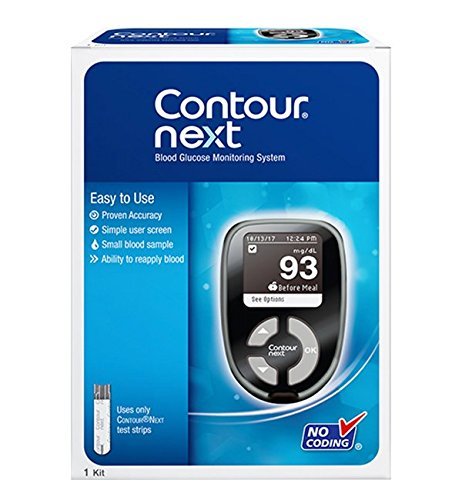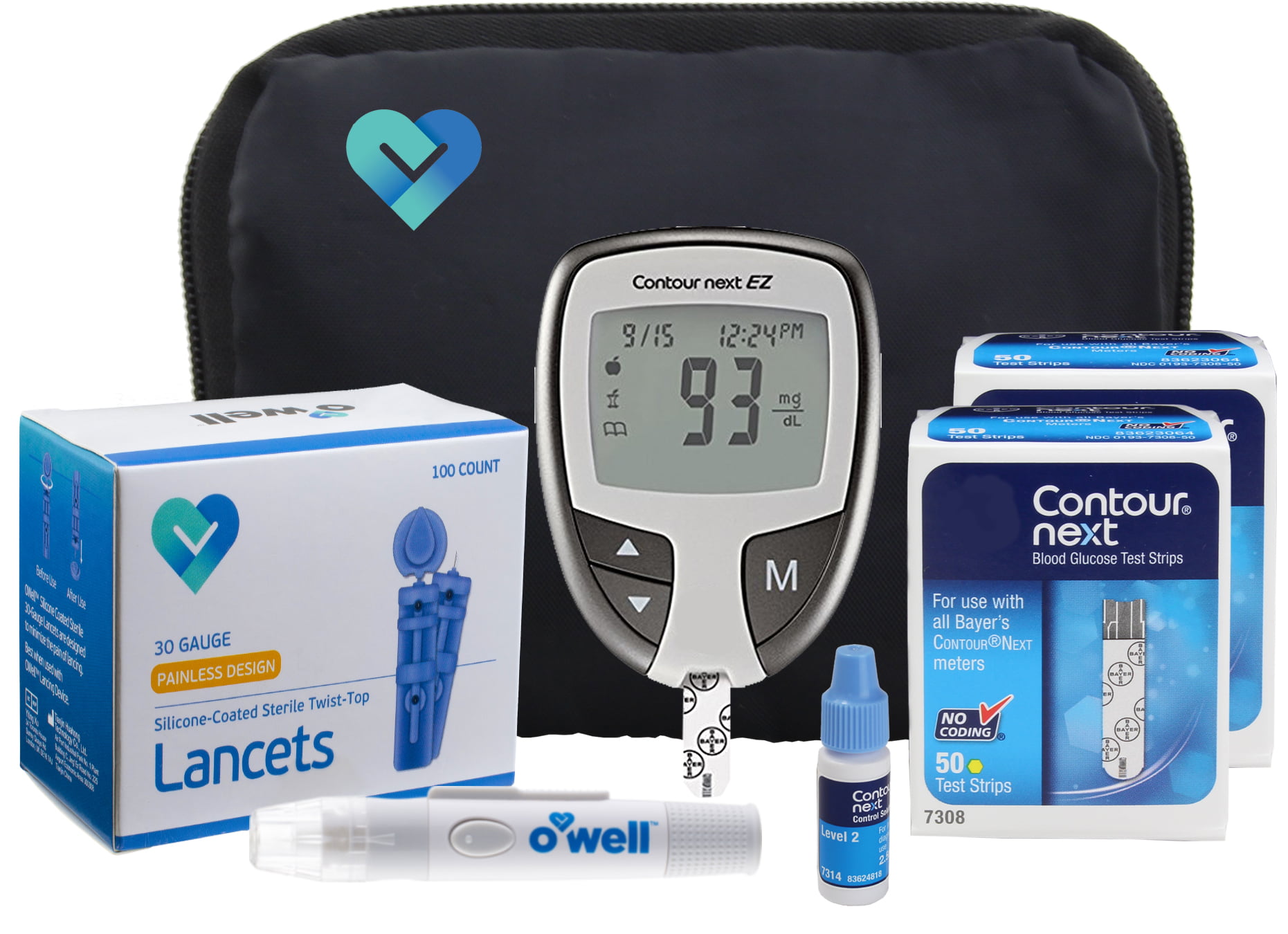
- #Heb incontrol glucose meter manual how to#
- #Heb incontrol glucose meter manual manual#
- #Heb incontrol glucose meter manual skin#
If the reading is not within the acceptable range, follow the instructions for adjusting the device.
#Heb incontrol glucose meter manual manual#
Follow the steps outlined in the instructions manual carefully. Once you have obtained the necessary tools and solutions, you can begin the calibration process.

Using the wrong tools or solutions may result in inaccurate readings. It is important to use the specific tools and solutions recommended by the manufacturer of your glucometer. Test strips: These are narrow strips of paper or plastic that are inserted into the glucometer to test your blood sugar levels.
#Heb incontrol glucose meter manual skin#
#Heb incontrol glucose meter manual how to#
The instructions manual should provide detailed information on how to calibrate your specific device. Every glucometre is different, and the specific steps for calibration may vary. Tips for Properly Calibrating Your GlucometerĬheck the instructions manual for specific instructions:īefore attempting to calibrate your glucometre, it is important to read the instructions manual carefully. Additionally, if possible try not to expose your meter too much direct sunlight or extreme temperatures which may affect its performance over time as well.įinally, remember that even after calibration has been completed correctly there may still be some discrepancies between lab tests and home glucose monitoring due various factors such as user error or environmental conditions however these should generally be minor differences unless something else is going on with either one’s health or their equipment itself! It’s also essential that you clean and maintain your glucometer regularly in order for it remain accurate over time this includes cleaning any dirt or debris off the meter as well as replacing batteries when needed (most meters require new batteries every 3-6 months). Additionally, it’s important to follow all instructions provided by both the manufacturer and healthcare provider when calibrating your device in order to get accurate results each time you use it. Different types of test strips have different levels of sensitivity and accuracy, so using the wrong ones could lead to inaccurate results. When calibrating a glucometer, it’s important to use the right type of test strips for the device being used. Calibrating a glucometer involves comparing its readings with those of a laboratory-grade device to ensure accuracy. It ensures that the readings from your glucometer are accurate and reliable, so you can make informed decisions about your health. Glucometer calibration is an important part of diabetes management. What You Need to Know About Glucometer Calibration

Once you get those results, compare them with what’s written on the strip itself – if they match up then your meter is properly calibrated! If not, adjust accordingly until they do match up exactly before continuing use of your device again as normal It’s also important to note that different types of test strips require different levels of calibration depending on their specific design so be sure to read any accompanying instructions carefully before using them with your device! Additionally, some meters may need periodic recalibration even after initial setup has been completed – so always check manufacturer recommendations regarding regular maintenance schedules as well just in case yours requires additional attention from time-to-time too! Then insert one of the test strips into the meter according to its instructions and wait for it to display results on its screen or LCD monitor.


First, make sure you have fresh batteries installed in the device before beginning the process. How to Ensure Accurate Readings with Glucometer CalibrationĬalibrating a glucometer is easy and only takes a few minutes.


 0 kommentar(er)
0 kommentar(er)
